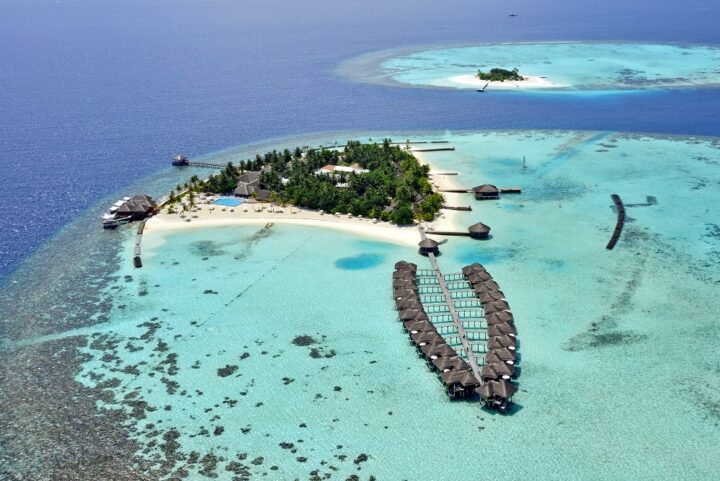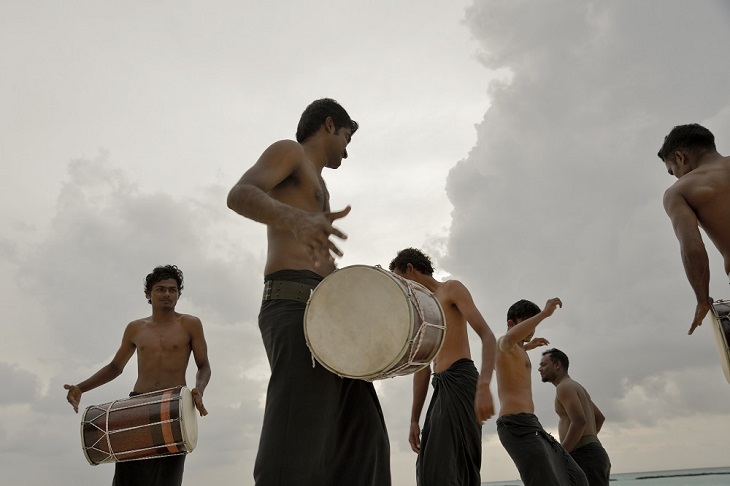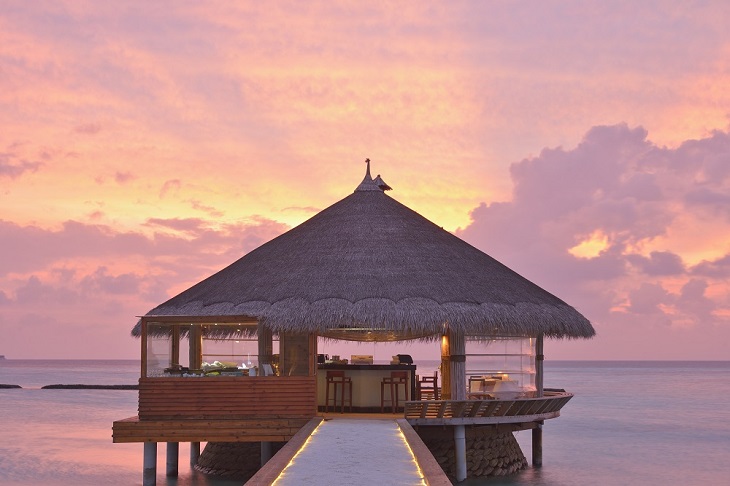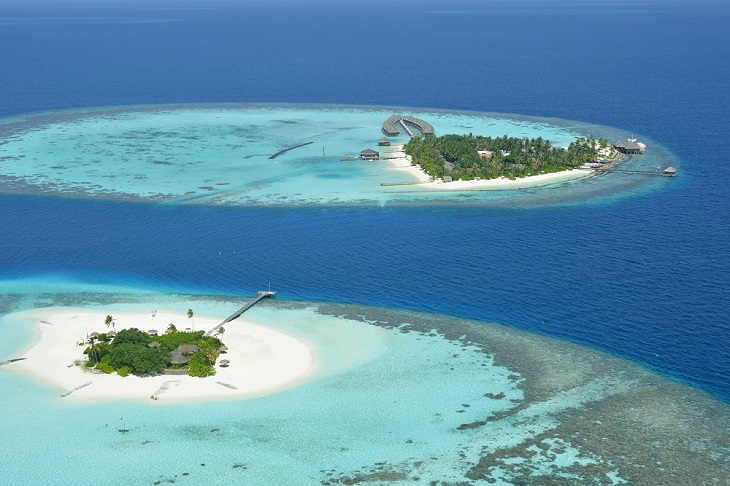
Resort review: Maafushivaru – a lesson in elegant authenticity
[vc_row full_width=”” parallax=”” parallax_image=”” bg_type=”” parallax_style=”” bg_image_new=”” layer_image=”” bg_image_repeat=”” bg_image_size=”” bg_cstm_size=”” bg_img_attach=”” parallax_sense=”” bg_image_posiiton=”” animation_direction=”” animation_repeat=”” video_url=”” video_url_2=”” u_video_url=”” video_opts=”” video_poster=”” u_start_time=”” u_stop_time=”” viewport_vdo=”” enable_controls=”” bg_override=”” disable_on_mobile_img_parallax=”” parallax_content=”” parallax_content_sense=”” fadeout_row=”” fadeout_start_effect=”” enable_overlay=”” overlay_color=”” overlay_pattern=”” overlay_pattern_opacity=”” overlay_pattern_size=”” overlay_pattern_attachment=”” multi_color_overlay=”” multi_color_overlay_opacity=”” seperator_enable=”” seperator_type=”” seperator_position=”” seperator_shape_size=”” seperator_svg_height=”” seperator_shape_background=”” seperator_shape_border=”” seperator_shape_border_color=”” seperator_shape_border_width=”” icon_type=”” icon=”” icon_size=”” icon_color=”” icon_style=”” icon_color_bg=”” icon_border_style=”” icon_color_border=”” icon_border_size=”” icon_border_radius=”” icon_border_spacing=”” icon_img=”” img_width=”” ult_hide_row=”” ult_hide_row_large_screen=”” ult_hide_row_desktop=”” ult_hide_row_tablet=”” ult_hide_row_tablet_small=”” ult_hide_row_mobile=”” ult_hide_row_mobile_large=””][vc_column width=”1/1″][vc_column_text]It’s Wednesday night and the otherwise sleepy island resort of Maafushivaru is alive with the sound of drums. Young Maldivians, who by day are mild mannered and even a little reserved, now raucously chant incomprehensible lyrics as they pound almost metre-long painted instruments that hang down from their shoulders. The rhythm is fast and the pace quickens. Other locals, all employees on the island, join them to twist and leap to the beat. The frenetic show is in stark contrast to the lapping shores and gentle hush of the palm trees of the island, but it’s compelling and exciting to watch.
This traditional music and dance is known as bodu beru, which simply means ‘big drums’ in the indigenous language, Dhivehi and has been a part of Maldivian culture for a thousand years. Having decreased in popularity in the 90s, the performance is making somewhat of a comeback across the country thanks to resort cultural evenings and national competitions.
Soon, many guests are on their feet, letting loose and succumbing to the infectious rhythm. To one side, a local man is selling handcrafted wooden replicas of Maldivian dhoni boats, artisanal cups and plates made from flecked coconut wood. Everything is made within the atoll.

In a country where resort and local life is often completely segregated, the night is a way of giving guests a taste of a bygone Maldives. What’s more, by hosting these cultural nights and providing a demand for these performances, resorts across the country are ensuring that these arts are still being passed down to an increasingly globalised younger generation.
As I return to my villa, I reflect on the seamless blend of authentic Maldivian culture and the more manicured environment that the resort has cultivated. My two-bedroom pool villa, which combines two adjoining villas and is home to a large shared pool, feels elegant, modern and timeless. Classic white walls give way to timber decking and the simple curves of an arc-shaped pool. The architecture feels unfussy and contemporary. Yet there are touches of the traditional, too. Dried palm leaves hang down from the canopy of the villas’ thatched roofs. Bougainvillaea and hibiscus drape over the walls of my outside bathroom and sand surrounds the al fresco rain shower. This fusion works incredibly well and defines much of the aesthetic and energy of the island.

Elsewhere on the island, this subtle architectural concept can also be seen. The island’s laidback Water Bar has sand underfoot, but looks out onto the clean, sharp lines of the main pool. The water villas are thatched, but their interiors are decked out with all the modern comforts you might want: flat screen TV, espresso machine, iPod docking station – the works. The spa too, is a cluster of wooden treatment huts yet adjoins a fully equipped gym.
The food continues this approach and offers guests a variety of local and international dishes. At the buffet style lunch at the main restaurant Cuisine Gallery, guests can opt for a helping of Italian pasta, or they can choose something a bit more regional. I go for the local vegetable curry and it’s exquisite. There’s no real heat to it, but it’s rich in smoky flavour. At night, at the island’s overwater teppanyaki and sushi restaurant 135° East, I’m treated to an incredible display of flying forks and flaming fish by Chef Robert, the island’s entertaining teppanyaki expert. The hand-rolled sushi that accompanies it is divine, especially the crab and fish egg rolls.

At 500 metres squared, the island is one of the smallest I’ve visited and during my stay occupancy is high. Yet due to the careful placement of the 24 beach villas, 2 pool villas and 24 water villas, the island feels almost empty. Unsurprisingly then, the resort is in high demand from honeymooners. It feels private yet intimate and takes only a matter of minutes to circumvent. Having said that, in November the island will be dissolving its ‘no children’ policy and will be opening up to families for the first time.
Another example of the island’s unaltered natural beauty is the house reef. Unlike many islands, where guests must take a boat to reach the drop off, at Maafushivaru guests need simply descend a ladder from the main jetty. As I slip into the warm lagoon and glimpse beneath the surface, I am met by large, colourful parrotfish chomping on the coral and bright purple anemones swaying in the current. Then, after only a quarter of an hour in the water, I spot a slender adult whitetip reef shark emerge from the blue and glide over the reef. I follow her as she weaves an unhurried path across the corals. Encountering this beautiful (and completely harmless) species only metres from the jetty is magical.

For those guests wanting to meet even larger species, Maafushivaru is located only a boat-ride away from the country’s premium whale shark sighting zone. Manta rays are also common. “We’re in a fantastic location for marine wildlife,” explains the island’s resident marine biologist Amanda Batlle, “and we have very high chances of encountering them throughout the year.”
And of course, the real gem of Maafushivaru is actually located in the neighbouring lagoon. A small uninhabited island nicknamed Lonubo is at the exclusive disposal of Maafushivaru guests. Home to only two villas, guests can book the entire island for the night. It’s the ultimate in island romance. When it’s not hired out, the resort’s dhoni runs regularly between the two islands, allowing guests to pop over for a few hours to enjoy some snorkelling, sunbathing or even a beach picnic. Again, the twin island concept allows guests to enjoy the luxury of a high-end holiday destination alongside the more rustic experience of an uninhabited island.

Yet more than any design choice it is the warmth and hospitality of the staff that creates an unforgettable stay at Maafushivaru. As I board my seaplane for a 25-minute journey back to the international airport, I look back to see employees still waving me off. And as the plane takes off and I glimpse the resort one last time from my window, I realise that for such a small island, it has a big Maldivian heart.[/vc_column_text][/vc_column][/vc_row]





